I’ve shown hundreds of videos from YouTube that have stimulated the curiosity of my students and helped them to better understand challenging concepts across all learning areas. But for every amazing channel or video on YouTube, there are a myriad of highly inappropriate videos that your students could be inadvertently exposed to. It’s important that teachers take as many precautions as possible to prevent this foreseeable situation from occurring. So here are all the things you can do to safely use YouTube in your classroom.
The golden rule of any video
The golden rule of showing videos to your classroom is to watch the video JUST before you show it. A few years ago I watched a video called ‘A simple way to break your bad habit | Judson Brewer’ from a reliable YouTube channel called TED-Ed. As you probably already know, TED-Ed is an amazing channel filled with thousands of thought-provoking videos. I have embedded a YouTube video of it down below.
I had watched this video a month beforehand, so I assumed that it was ok as I was trusting the reliability of the channel and my recollection from the video. My rationale for showing this video was simple. I wanted my students to be more mindful of the images and messages they are exposed to regarding smoking. Well, because I had not recently watched this video, the presenter dropped the word ‘shit’ during his TED talk at the 4 minute and 23 second mark in front of my year five/six classroom. I’ll leave the reaction of the classroom to your imagination. In these situations don’t try and hide the fact that your students were accidentally exposed to something inappropriate. I apologised to the classroom and I made sure admin was aware of the accident so they could handle any parental complaints. I did not receive any complaints from parents, so I am assuming they forgave me. My point is this. You cannot trust the reliability of a YouTube channel, even one like TED-ed, you can only trust the video if you have JUST watched it beforehand.
Parental consent and code of conduct
Whenever a student enrols at a school their parents need to sign a consent form. One of the areas they need to give consent for is permission to access the internet. Students and parents also need to sign a code of conduct form that spells out everything they can and cannot do on the school’s ICT devices. In the event of a parental complaint and assuming you had followed all your school’s procedures, these two forms will help you enormously. If they have not given consent and signed the ICT code of conduct and something happens, then you are in a lot of trouble. So before you even think of using ICT in the classroom check to see if these two criteria have been met.
Your projector’s remote is your best friend.
Nearly all projectors will have a ‘Mute A/V (Audio-visual)’ and a ‘Freeze’ button. I have found these two features to be incredibly useful before displaying YouTube videos. Before you start searching for YouTube or clicking on your book mark, make sure you either mute or freeze the screen using your remote. This procedure is necessary because you cannot guarantee which videos will appear in your Google search under the sub-heading ‘latest from youtube.com’. I remember googling YouTube and seeing a thumbnail for ‘Top 10 Gay Indian films’ under the latest from youtube.com sub-heading. Luckily, I had followed this procedure. Talk about dodging a bullet! Secondly, you cannot guarantee which recommended videos will appear on YouTube’s website when you first open it. If you have logged onto your Google account at school then any recommended videos, which are based from your browsing history, will appear. This entirely depends on what you watch so be careful of this.
Install a YouTube Ad Blocker
Without an ad-blocker you cannot guarantee that students will not be exposed to inappropriate advertisements. I have seen many inappropriate ads pop up while watching YouTube videos with my own children and these are videos which are marketed towards children. I recommend using a Chrome extension called ‘Ad Blocker for YouTube’. This ad blocker removes all the advertising at the start of the video and it removes the popup advertisements that occur within the video.
Consider using View Pure
View Pure is a web-based program that can filter out all the advertisements of any YouTube video. All you need to do is to copy the website address of the YouTube video from the address bar and paste it into the box titled ‘Enter YouTube URL’. View Pure will do the rest and display the video without the advertising.
Always press pause before the end of any video
Now there is a flaw with both Ad Blocker for YouTube and View Pure. Both programs will still display the recommended videos at the end of the video if you cancel auto-play. This can be a problem because certain videos (like a viral video) will produce different recommended videos that may be irrelevant or inappropriate. The recommended videos that appear before auto-play is cancelled are usually ok; however, you need to be aware of when they pop up. To avoid these scenarios, always press pause a few seconds before the video ends.
Procedure for using YouTube safely in your classroom
1. Check to see which students do not have parental consent for using the internet
2. Check that all students have a fully signed ICT code of conduct form
3. Install an Ad Blocker for YouTube
4. Mute or freeze the screen and then get up the YouTube video.
5. Press full screen before unmuting or unfreezing.
6. Pause the video a few seconds before it ends.
7. Freeze or mute the screen again then close the browser
If you follow the advice recommend in this blog, then you can avoid making some of the mistakes I have made when using YouTube in the classroom. Make sure you practice this procedure until you are confident that you can prevent students from accidentally seeing inappropriate content. Don’t let these potential challenges put you of from using an incredibly powerful educational resource.
If you think this website is awesome then please ...
Bookmark this page.
Follow us on Instagram | @griffin_edu
Like and follow us on Facebook | @griffineducationenterprises
Follow us on Twitter | @Griffin_Edu
Follow us on Pinterest | Griffin Education Enterprises
Join our mailing list down below.
And most importantly, share this website with other educators!




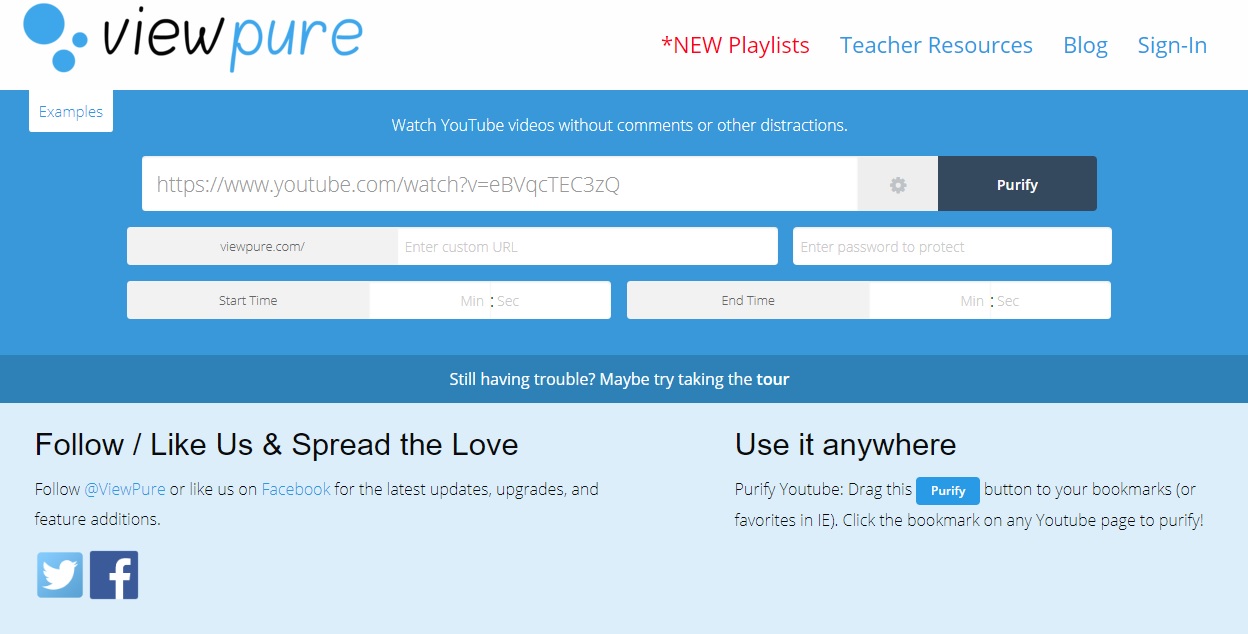
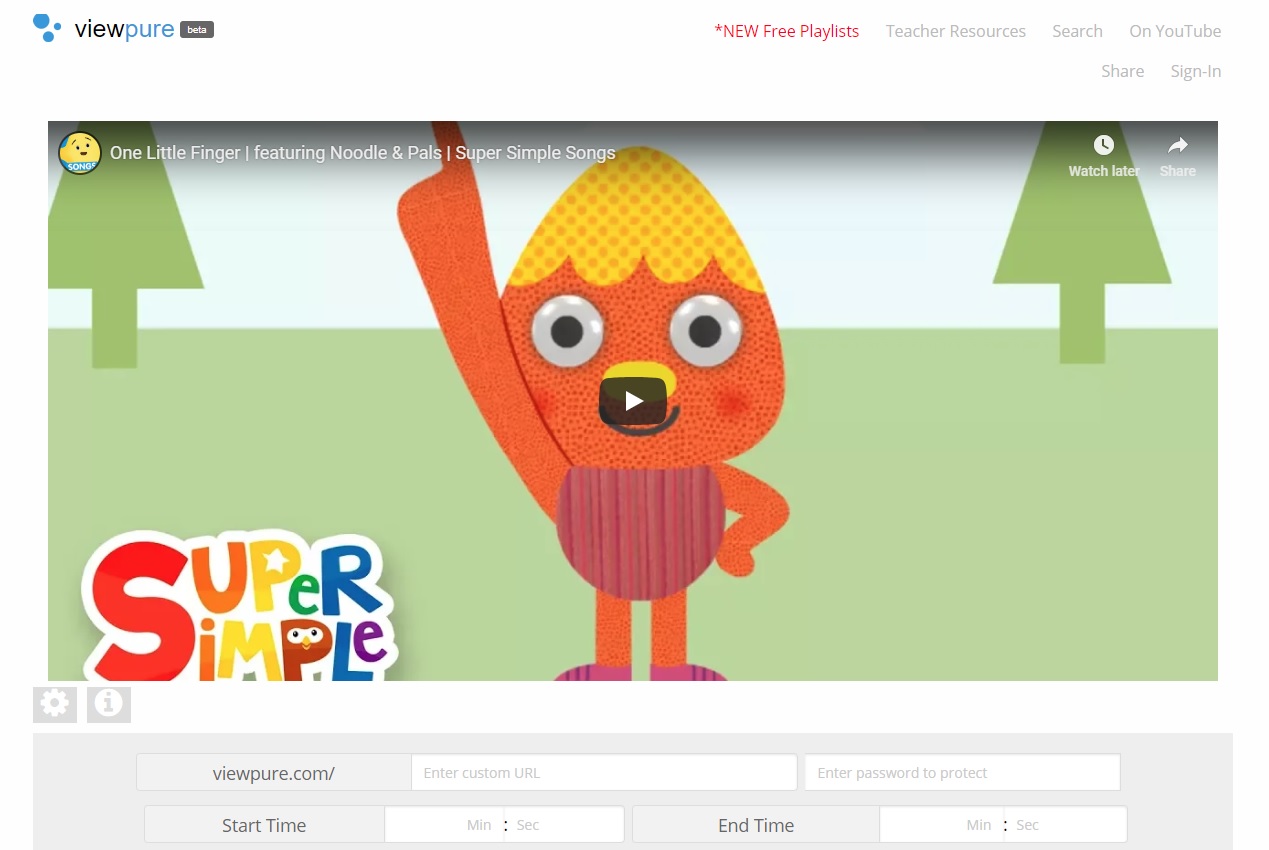
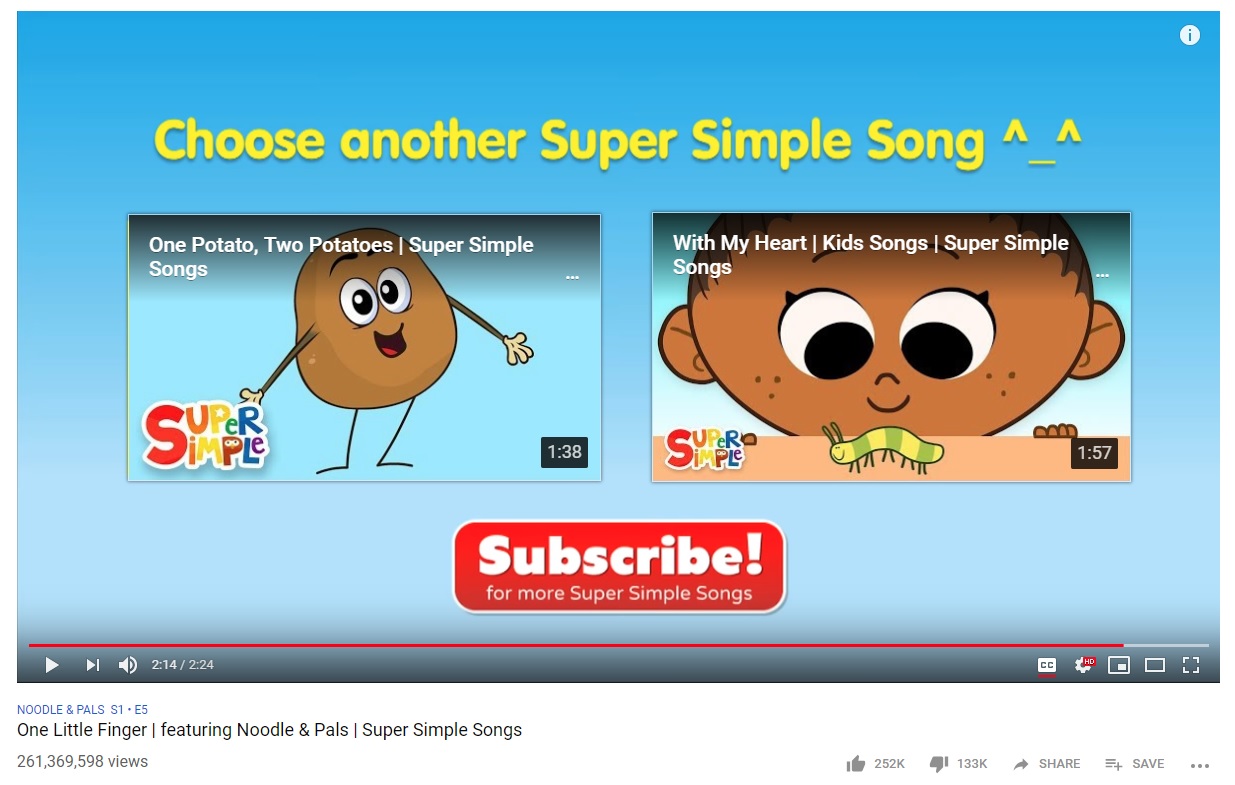

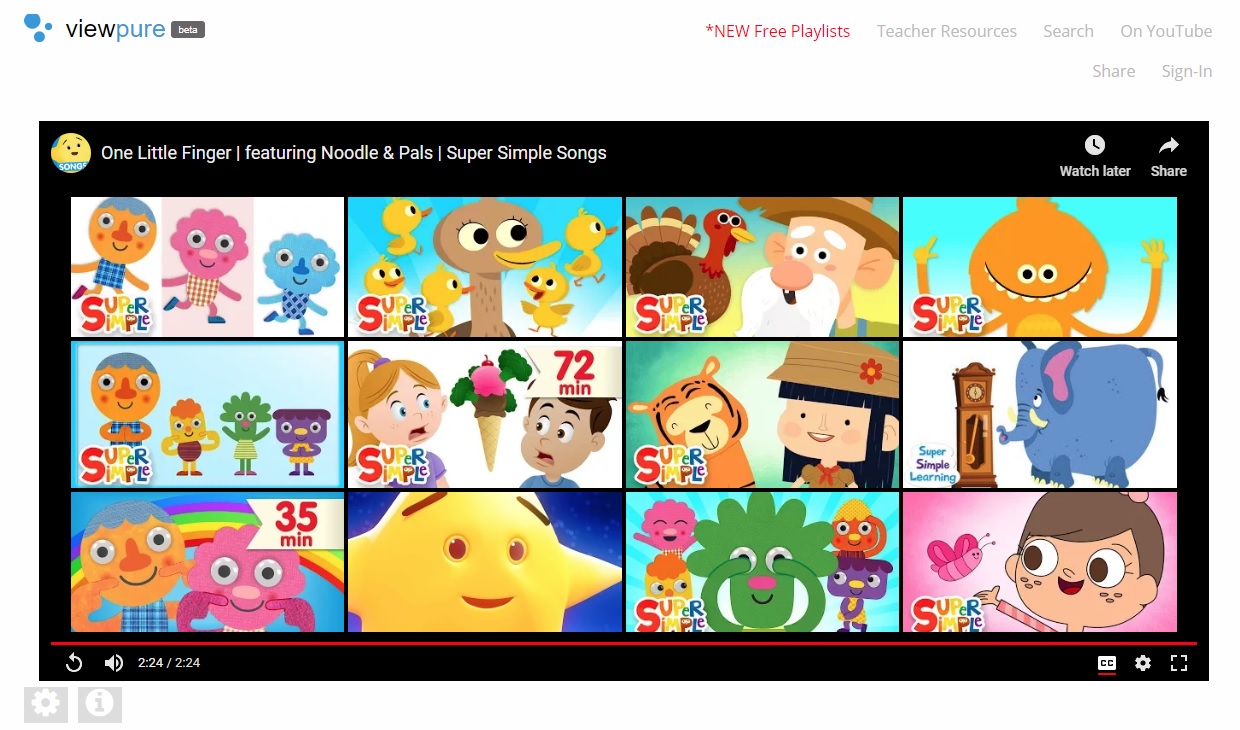




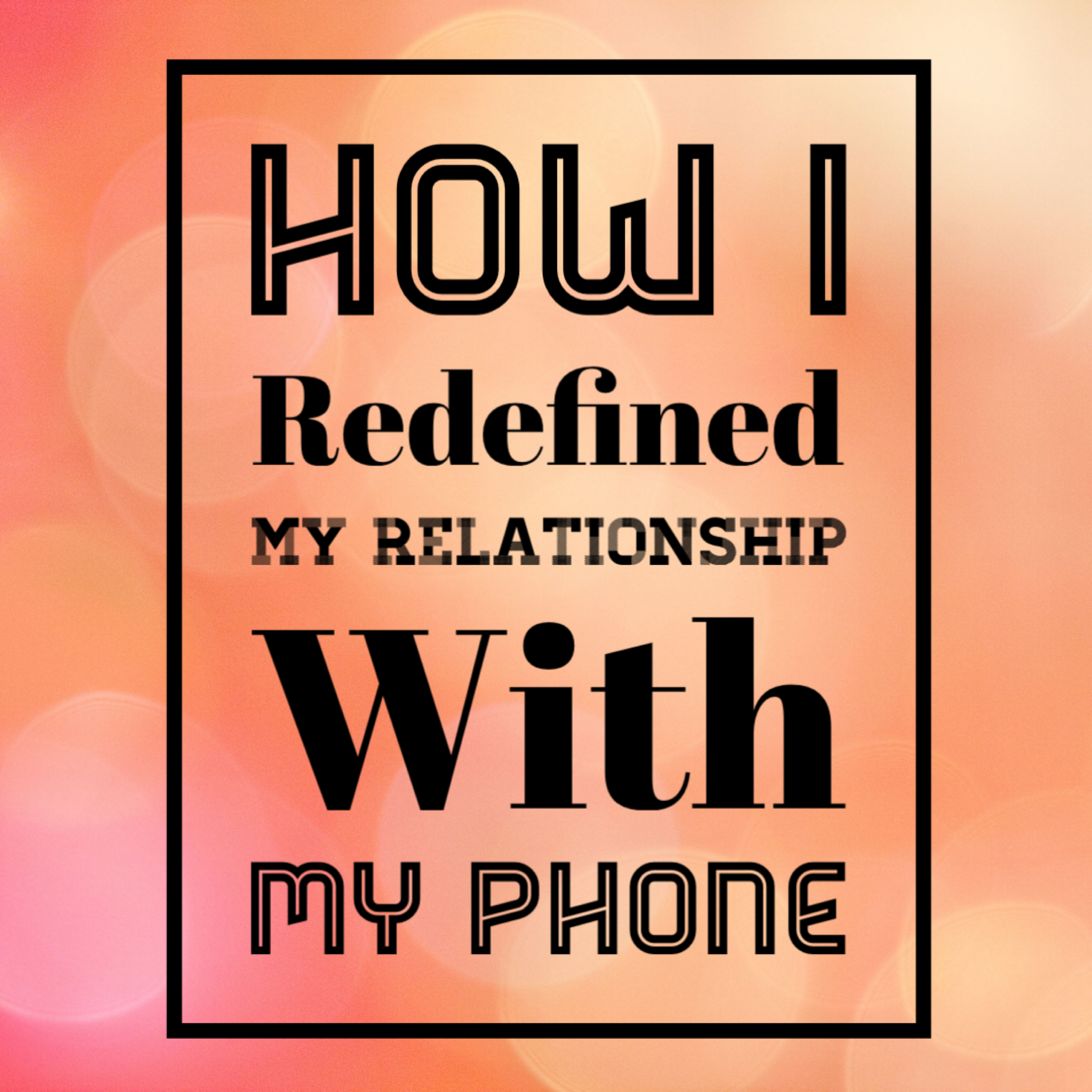
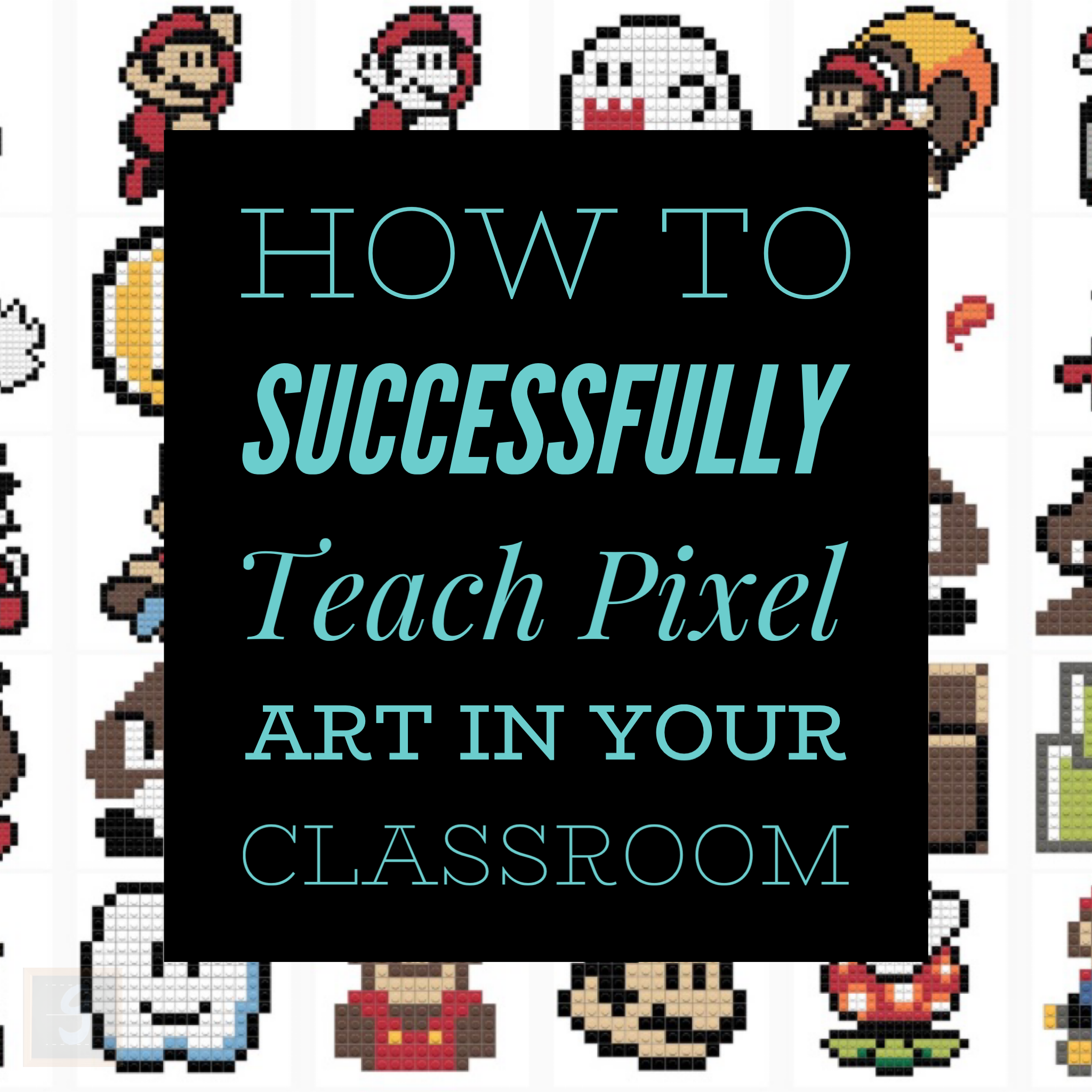

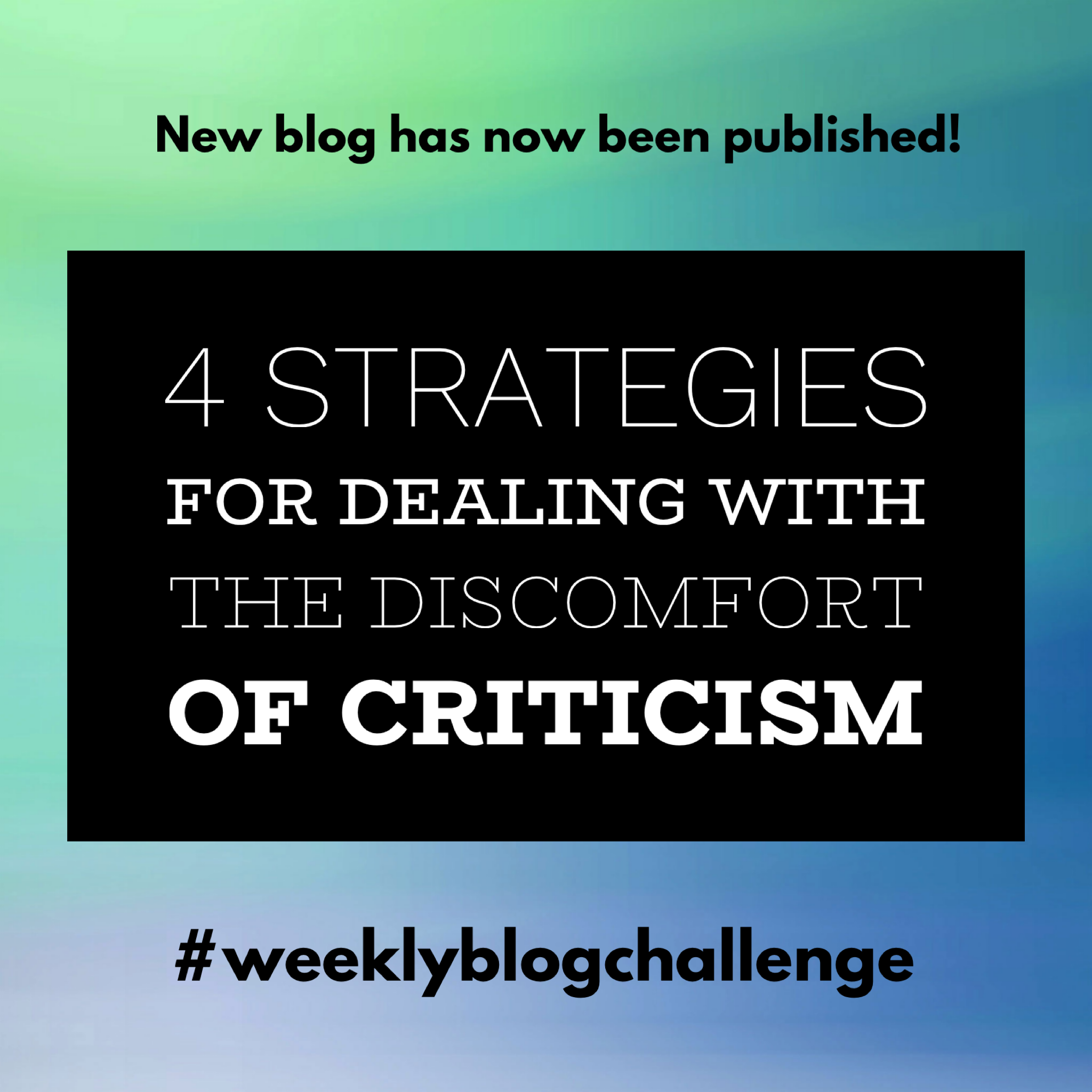


Concerned about what precautions you should take to protect your professional image? Then read this blog to find out how.